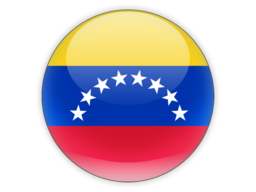
The Gold Museum, also known as the Museo del Oro in Spanish, is a museum located in Bogotá, Colombia. It houses one of the largest collections of pre-Columbian gold artifacts in the world, with over 55,000 pieces of gold and other materials such as ceramics, textiles, and stone on display.
The museum was established in 1939 by the Central Bank of Colombia as a way to preserve and showcase the country's rich cultural heritage. The building was renovated in 2008 to modernize the exhibits and improve the overall visitor experience.
The Gold Museum features a range of exhibits that highlight the history and culture of Colombia's indigenous peoples, including the Muisca, Quimbaya, and Tairona. Some of the most famous artifacts on display include the Muisca raft, a golden boat that was created by the Muisca people in the 13th century, and the Offering Boat of Tayrona, a large gold vessel that was used in ceremonial offerings by the Tairona people.
In addition to the exhibits, the museum also offers educational programs for visitors of all ages, including workshops, lectures, and guided tours. The museum's library houses a collection of over 21,000 volumes on Colombian history, culture, and archaeology.
Explore Near Gold museum Bogota
Discover 4 attractions, 5 cities, and 2 airports within 75km. Perfect for planning day trips, finding connecting flights, or discovering new destinations to explore during your visit.
Nearby Attractions & Places to Visit
4 destinations within 601m - 46.9km from your location




Nearby Cities Worth Exploring
5 destinations within 1.4km - 28.6km from your location
Airports Near Gold museum Bogota
2 destinations within 13.8km - 70.1km from your location
Cross-Border Adventures Near Gold museum Bogota
Discover cross-border adventures near Gold museum Bogota. Explore neighboring countries with similar attractions and extend your travel experience across borders.




